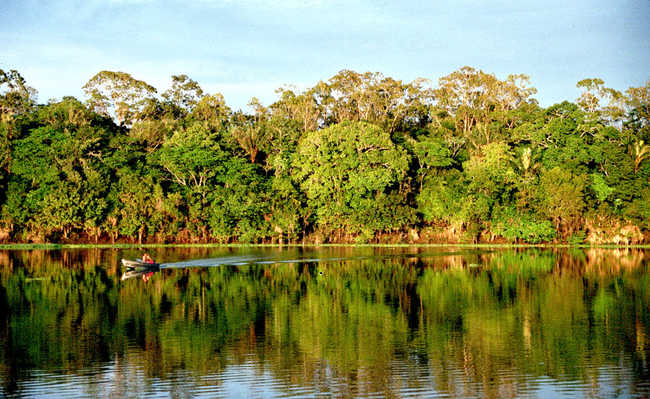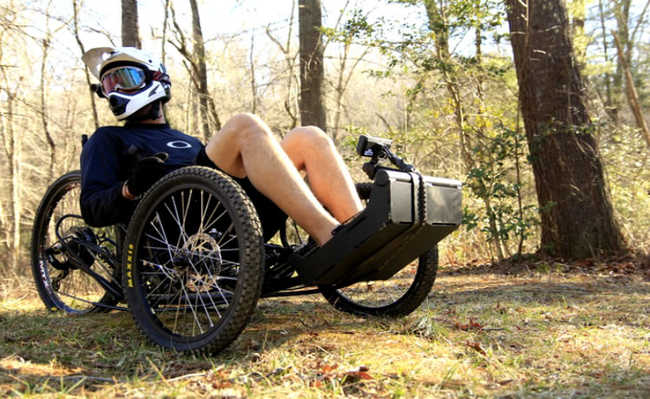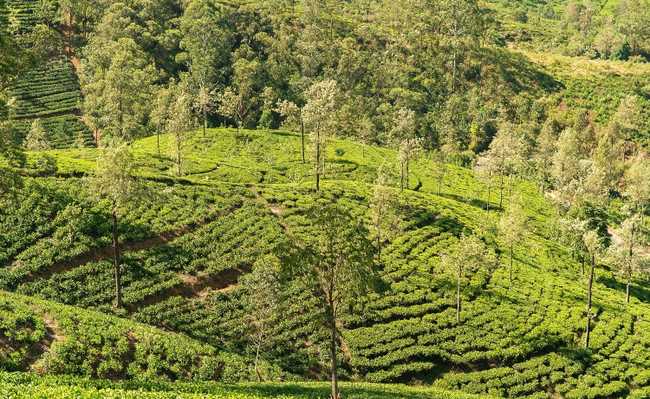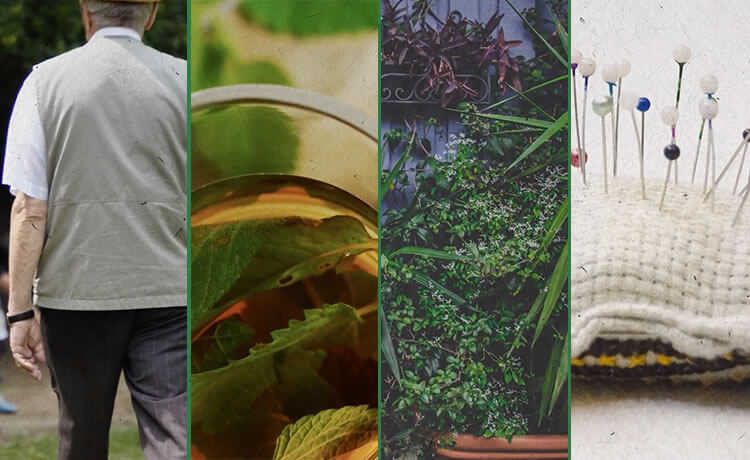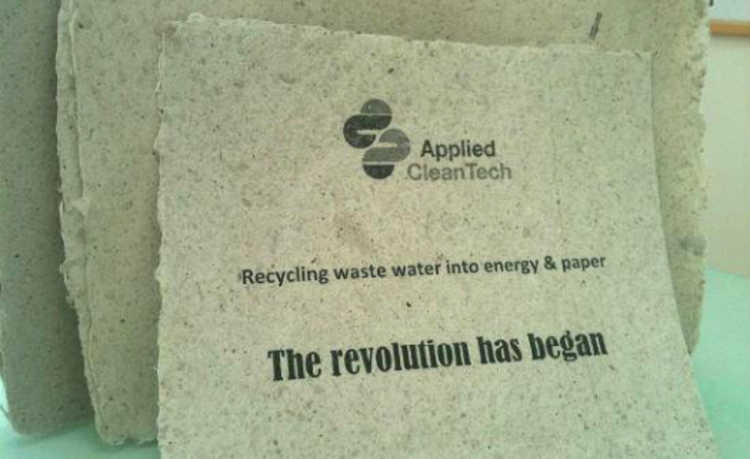Ecological stove is used as an alternative for the Guarani-Kaiowá Indians
Innovation is part of UN food safety program

The Brazilian indigenous population is very large and diverse. There are several ethnic groups around the country that live on the basis of what nature provides them. Many do what they need to do with few resources, but there are ethnic groups, such as the Guarani – Kaiowá south of Mato Grosso (one of the largest in the country), which have a greater demand than others. To facilitate eating, for example, they used makeshift stoves for cooking. However, the fire was made in a precarious way - on the ground and with a refrigerator resistance as a grate, since the firewood was located in distant regions. In addition to physical wear and tear, there was also the problem of the large amount of smoke produced by this improvised stove, which was harmful to the health of residents and especially children (which could lead to bronchitis, pneumonia, sinusitis and asthma).
Seeing this constant problem in the village of Guarani-Kaiowá, in Panambizinho, a project was designed with the help of NGOs, UN agencies in Brazil and the United Nations Development Program (UNDP). The idea is to encourage energy efficiency and sustainability in the caatinga region to benefit indigenous populations. And for this specific case, an ecological stove was created, made of low-cost materials such as clay, sand, clay and other items that can be found easily.
This program aims to promote food and nutritional security for Brazilian indigenous women and children (see more here). According to the UN, the project has already benefited around 53,000 indigenous people across the country and seeks to integrate all possible communities.
The stove
The stove's main idea is to replace thick wood, which is difficult to collect and still produces a lot of smoke, with small sticks, dry leaves, tree bark and corn cobs, which are less toxic fuels and more easily found. The long journeys can be exchanged for visits to the backyard and also increase the residents' care and attention to their crops and animals. In addition to the health of the residents, which improves a lot, the children are more nourished and have fewer respiratory diseases. And this stove is called ecological, because it still contributes to the environment, not emitting greenhouse gas.
The ecological stove, together with a cover that protects it from the sun and rain, can be made in three and a half days. The strict design of the cavity where the firewood is placed, together with the materials, works as a natural thermal insulator. And the clay plate that is placed in contact with the fire conducts heat constantly and still avoids wasting energy. Even after the fire has gone out, the clay plates stay hot for up to five hours, which makes it possible to cook harder foods.
Conflict
The Guarani-Kaiowá are the same Indians who fight against farmers and landowners to be able to retake the places where they have always lived. The dispute has been going on for ten years and in recent months the dispute has gained prominence on social networks due to a possible collective threat of suicide by the indigenous people in protest of the imbroglio. To sign the petition that gathers signatures in order to prevent the massacre, click here. See here the letter that the Indians sent to the Government and Justice of Brazil.
Image: ONUBR

